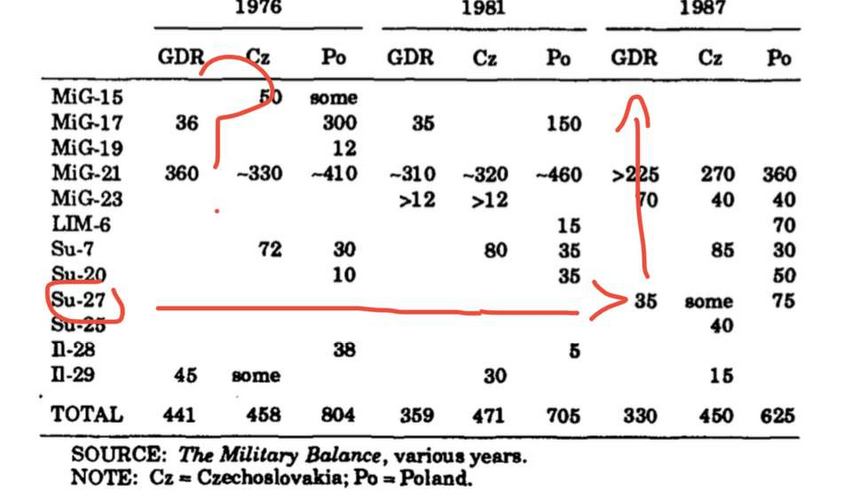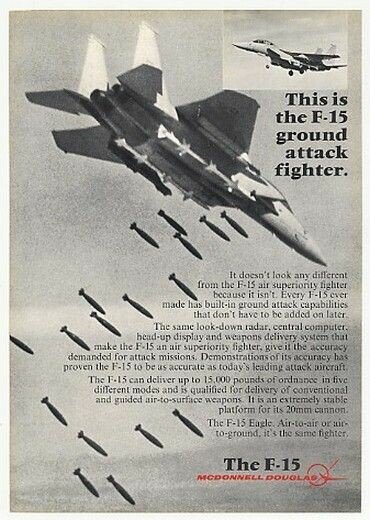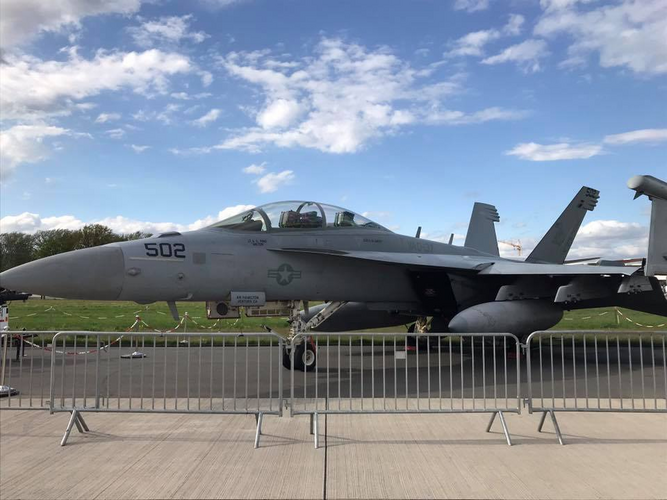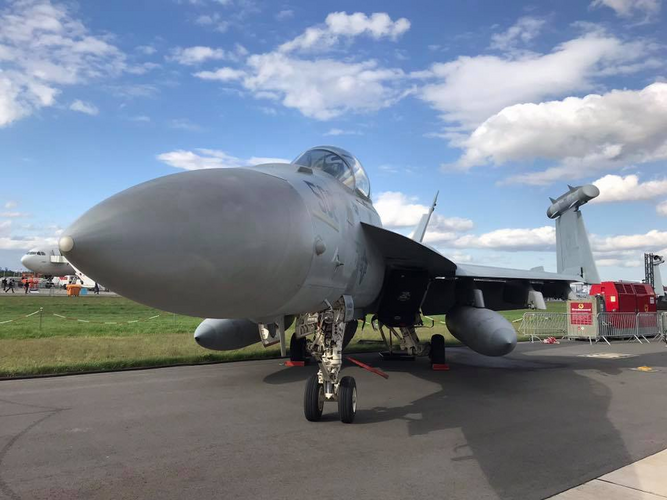The West German Luftwaffe (and Marineflieger), for many years, went without a 4th generation fighter. (perhaps a bit surprisingly)
They soldiered on with the Starfighter and Phantom for quite some time, while Belgium, netherlands, spain, switzerland, finland, etc went ahead with a 4th gen (Italy is another one that held out for a while like Germany).
One could argue the Luftwaffe didn't get their 4th gen fighter until the re-unification, when they received the MiG-29s (although of limited role)
others would say it didnt come until the 4.5 gen Typhoon.
Lets say in this alternate time line. The Luftwaffe decided to buy a 4th gen fighter either in the very late 70s or early 80s
which would enter service in the early 80s or mid 80s.
Some candidates:
Mirage-2000: Operated by neighbor and I think Germany really did consider it at one point. Could carry exocet which would be welcomed by the Marineflieger. Later versions has Nuclear and strike options
Tornado ADV: not really a fighter, but Germany already had the IDS and could be an industrial move to add more jobs and also share spares
F-16: Maybe the least likely of the 4
F-18: Maybe the best US option, as it could be welcomed by both the Luftwaffe and Marineflieger
Assuming that in this timeline Germany (either hte Luftwaffe and/or Marineflieger) went ahead with a 4th gen aircraft how would this affect
- The Typhoon project? German interest started in 1979 and the Typhoon officially began around 83. But if Germany opted for one of the above aircraft
would the Typhoon still continue? Germany was a major partner
- The Rafale project? if Germany left the project due to being satisfied with its 4th gen acquisition. Would the UK and France continue together?
Rafale would become Jaguar 2 instead?
- East Germany? seeing some new Mirages, F-teens or more Tornadoes.. would East Germany alter their acquisitions to counter? perhaps more MiG-29s earlier? or even Su-27?
some what if eye candy











